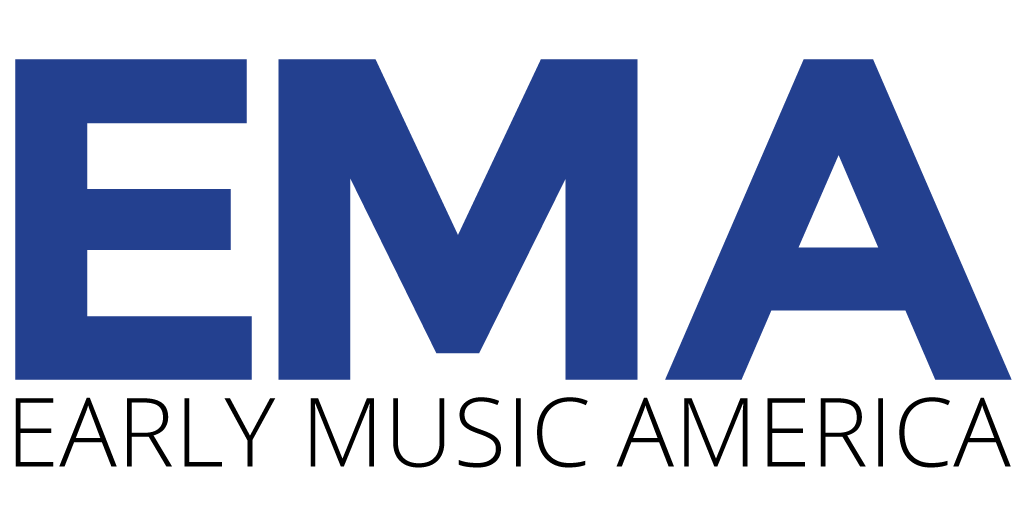Welcome to our March Newsletter!
We are excited to bring a special program of Bolivian Mission Baroque music to you this month. Many aspects about this landlocked South American country, especially the culture of its eastern region, which borders Paraguay and Brazil, are included in this newsletter. Enjoy!
up next: Anónimo from amazonia: Bolivian Mission Baroque
Friday, March 8, 2024 at 7pm at Brattleboro Music Center, Brattleboro VT (tickets at bmcvt.org)
Saturday, March 9, 2024 at 7pm at Friends Meeting House, Cambridge
Sunday, March 10, 2024 at *3:30pm at Follen Community Church, Lexington
*Note the matinee start time in Lexington
Expert Interview:
Learn more about the Peoples of Eastern Bolivia in this fascinating interview with Dr. Bret Gustafson, Professor of Anthropology at the University of Washington, St. Louis. He will be joining Sarasa as a guest speaker at our upcoming March concerts in Cambridge and Lexington, and will offer a deeper context and perspective about the languages and cultures of this region both historically and today.
Film Corner
The Mission, a film which garnered many cinematic prizes back in 1986 (starring among others Robert De Niro, Jeremy Irons, Liam Neeson, Aidan Quinn), helped put the Guaraní people and the Jesuits who wished to convert them to Christianity in our consciousness. Its memorable musical score is by Ennio Morricone, who admitted he combined Western choral and orchestral traditions with native panpipes, drumming and Spanish-influenced guitars to capture the various cultures depicted in the film. Unaware of Mission Baroque music from this region of Paraguay and Eastern Bolivia, it is thanks to the recovery of an important collection of manuscripts from the territory of the Chiquito missions in the 1990’s that we have this massive repertory of Mission Baroque music today, mostly by anonymous composers.
More than Music:
Lute-loving angel, San Javier
The extraordinary history of the Jesuit missions in the territory of the Chiquitos saw the indigenous people learn to play music under the tutelage of the priests as a means of conversion; the Indians not only learned to sing and play instruments in the Western way, they also left an indelible mark on "Mission Baroque" by incorporating their own culture and beliefs through their compositions, through the instruments they built from the local timber, from the churches they constructed and through the artwork with which they decorated the rafters, ceilings, and with carved wood showcasing many benign cherubs adorning the walls.
San Javier, Eastern Bolivia
Listening Corner:
Here is an example of an original 18th-century organ that is still used today in one of the most remote mission churches of the Chiquitos, Santa Ana; performed by James Johnstone and recorded back in 2010. Amazing to think this instrument has survived in the extremes of the jungle!
Pierre Joubert ©2012
And to give you a sense of the wonderful groove that shines through Mission Baroque and also captures the warmth of these people, here is a traditional tune sung by Arakeander Bolivia Choir.
Business as usual: street scene in Concepción, Eastern Bolivia
Pierre Joubert ©2012
Food corner:
We know potatoes, tomatoes and corn from the Americas changed the course of European cuisine forever. But there is also Quinoa ~ superfood and super healthy! An indigenous crop of the Andean region of South America, quinoa has been a dietary staple for those living in the Altiplano of Bolivia for nearly 7,000 years. It is advised one eats quinoa soup and chews on coca leaves for those who venture to the high altitudes of Bolivia — it helps to counteract altitude sickness in places like La Paz and Potosí. Now a major export from Bolivia due to health-conscious Westerners, the price of quinoa has made it much more difficult for locals to afford to consume their own native grain.
Quinoa plants blooming here in the arid highlands of Bolivia.
















